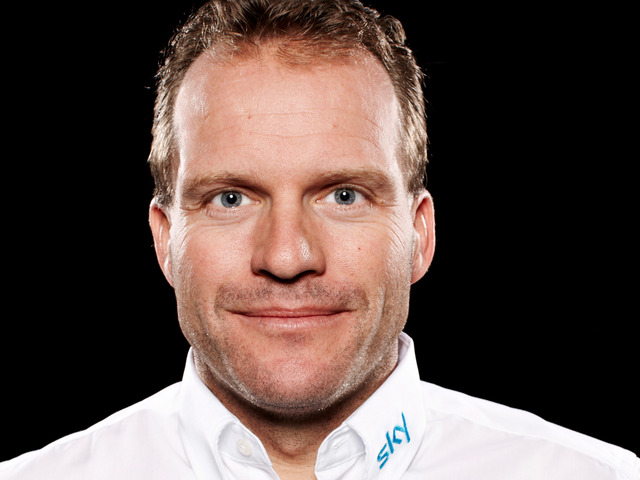The Garmin Edge 200 is an easy-to-use GPS computer which adopts a less-is-more approach by stripping out the navigational features of Garmin’s more expensive units and offering only the essential ride data.

Take the Edge 200 out of the box and it’s a sleek black unit which is the same compact size (48 x 69 x 22mm) as the existing Garmin Edge 500 computer. It’s simple to fix to your bike, using a twist-lock mount which attaches to your stem or handlebars using two O-rings. The Edge 200 uses a satellite to record data so there’s no fiddly magnet or sensor to attach to your bike, which also means it takes only a few seconds to switch the computer between machines.
The Edge 200 is operated by four buttons, two on either side of the unit. The Edge 200 comes with a manual but its beauty is in its simplicity, and we didn’t have to check the instructions in order to get to grips with it. Once you’ve fired up the computer you’re presented with a simple menu with four options: Ride, Course, History and Settings. Start your ride and the computer will search for a satellite; this can take up to a minute when in a heavily built-up urban area, like outside RoadCyclingUK HQ in central London where the tall buildings can block the signal, but otherwise the computer will lock onto a satellite almost instantly.
Unlike the Edge 500, which can records 44 different pieces of data presented in eight configurable fields, the Edge 200 has three fixed fields – speed, distance and overall time – and a fourth field which scrolls between average speed, total ascent and calories burned, which the computer estimates based on your height and weight, although we found the data to be a little on the generous side.
There’s also a small arrow next to your speed which indicates whether you’re currently riding above or below your average speed, while you can hit the lap button to record a new lap, or you can set the computer up to start a new lap based on position, which is handy if you’re on a training ride, doing intervals for instance, or racing on a short circuit.
What’s missing from the display is the time of day. It’s a minor omission but a frustrating one for riders who, like me, don’t wear a watch and it means I have to occasionally check my mobile phone, normally stowed in a rear jersey pocket.

The Edge 200 is not completely without navigation. You can create a course using the Garmin Connect website (more on that later), upload it to the Edge 200 and follow it using a breadcrumb trail on the computer, which will also tell you how much of the course you’ve ridden as a percentage. It’s no substitute for ‘proper’ GPS mapping, however, and we wouldn’t recommend trying to follow the trail on unfamiliar territory. But it is useful when riding a new route on fairly familiar roads, if you’re trying out a new variation of your local training loop for example, when you occasionally need to refer to the ‘map’, while the computer will bleep if you go off course. You can also race against a virtual partner.
Battery life is impressive at a claimed 14 hours, and we’ve rarely come close to run the battery dead as the Edge 200 is easily chargeable via the USB port on the back of the unit. The port’s covered by a rubber tab to protect it against the elements and the whole unit is weatherproof.
Once home from your ride you can upload it to Garmin Connect, where you can view your route and analyse your performance in greater detail, looking at all the normal data (like speed and lap times) in greater detail, while a number of additional fields (like total descent and maximum speed) are also added to the online file. Connect also allows you to create courses, set goals and make your rides public. Of course, you can also upload your ride to Strava, opening up a whole world of virtual competition.
The Edge 200 is an impressive package. It’s ideal for riders who want only the simplest of data, and unless you’re a real number cruncher there’s not much more a recreational cyclist would want at their fingertips. The ability to switch the Edge 200 between bikes in a matter of seconds is a big plus for those who have more than one bike in the stable, instantly setting the Garmin apart from a traditional cycling computer.
Some may outgrow the Edge 200 and, having dipped their toe into the world of GPS computers, find themselves wanting a unit which offers a wider spread of data, with customisable fields, and ANT+ compatibility to record heart rate – essential if embarking on a serious training plan – and cadence.
But there are computers further up Garmin’s range which fit that remit. At £129.99, the Edge 200 is nearly half the price of the Edge 500, while the all-singing Garmin Edge 800, which offers full turn-by-turn navigation, is £349.99, and it therefore opens up Garmin’s GPS range to a far wider market. The Edge 200 is the American firm’s most basic unit and, for an everyday cycling computer which brings with it the benefits of GPS, it is excellent.






